Why greenspace is different from a park
The view outside the window of an apartment complex I used to live in. Note how much greenspace filler there is between the window and the curb. Everything was so spaced out with greenspace and setbacks that there were only a few places within walking distance.
It's nice to be outside and among nature, especially this time of year. For urban residents, access to nature is particularly important because it's not as easy to come by. And the way we provide nature in cities is through true parks, not greenspace.
Greenspace is the non-place padding put between buildings to set them back from the street. Greenspace has a negative impact in many neighborhoods because it artificially spaces things out around it, reducing the amount of destinations within walking distance. It can also burden private property owners if they are required by law to landscape and maintain their greenspace.
This kind of arrangement implies that the street is unpleasant and therefore requires buffering from, which is true if your street is a dangerous and noisy car sewer.
When I see greenspace, I do not see nature or value. A strip of grass between buildings does not attract any kind of recreational or leisure use, nor is it untouched wilderness. Instead it is just manicured filler that requires the constant attention of labor, oil, and water to keep grass green and trimmed. I think we should just build pleasant streets that require no buffering where owners get the most value by being built up against them, and then provide true outdoor space in the form of parks.
A residential street in Jersey City very close to Van Vorst Park (which we will talk about in a moment). The lack of large setbacks and dedicated greenspace in the neighborhood brings just about everything nearby into walking distance.
I’m all for incorporating nature into streets, but there are ways to do this without resorting to empty greenspace. Street trees are great for shade if the street is wide enough. You can incorporate a lot of nature into a street without greenspace.
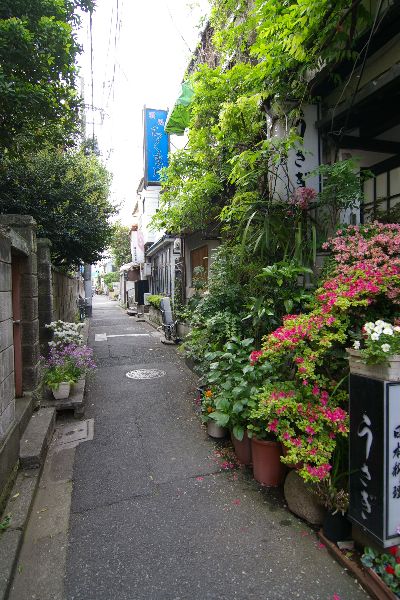
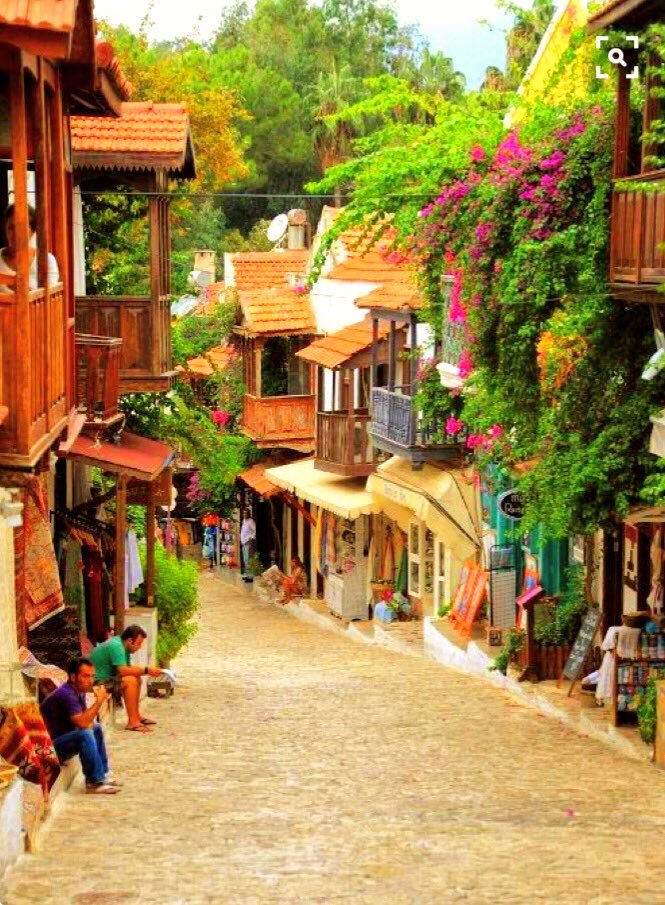
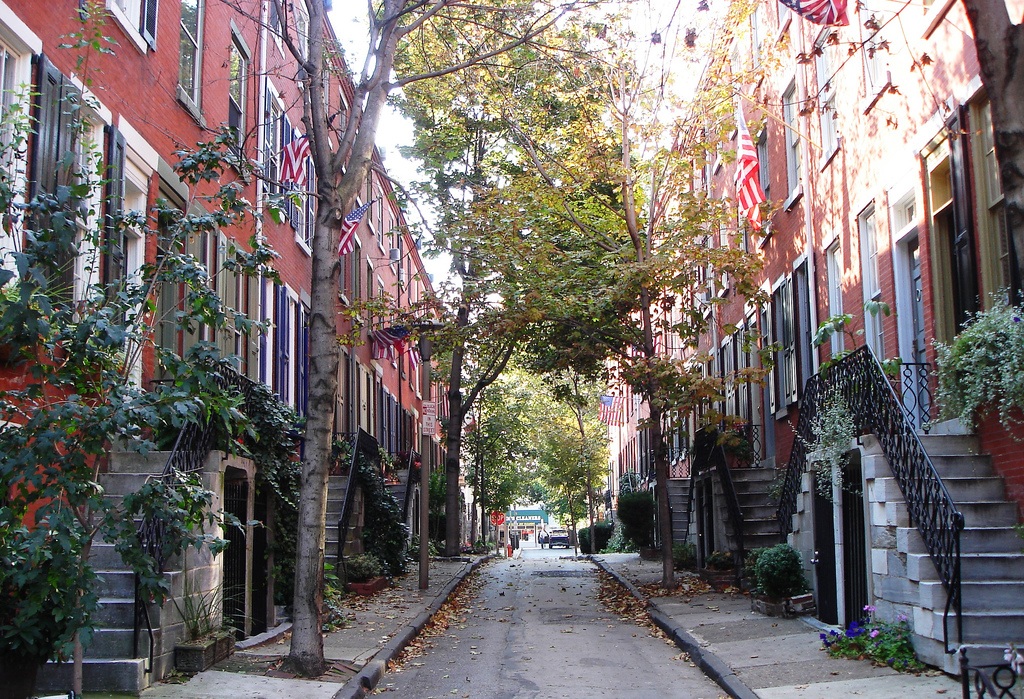
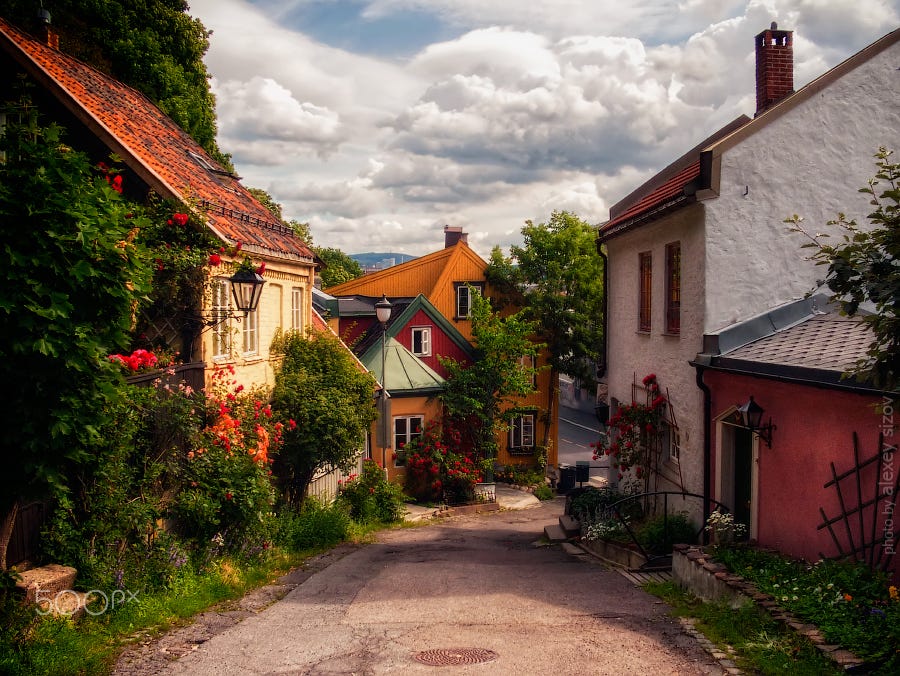
It is important for urban residents who lack yards or porches to have places where they can go if they want to sit outside to read a book, eat lunch, throw a ball, run around with their dog, or just enjoy the weather. You cannot do these things on the greenspace between McDonald's and Best Buy.
Here is some greenspace in Hoboken, NJ. Not for your enjoyment.
The easiest way to tell the difference between a park and greenspace is that a park is important enough that we give it a name - which usually includes the word ‘park’. Let’s look at one such park - Van Vorst Park in Jersey City, NJ.
Van Vorst Park (Map)
There are two reasons I find Van Vorst Park to be an example of a good urban park; it is an active park, and it is an interesting place to be.
People enjoying the lawned area of Van Vorst Park.
An Active Park
Van Vorst Park is full of activity, but not so much that it feels crowded. Striking this balance is vital. A good park has the sounds of children in the background, of birds fluttering in the leaves, perhaps the soft sound of a fountain somewhere close. You can see families eating together, seniors sitting on benches, young couples strolling through, people of all ages laying on the lawn.
Activity is important for keeping a park safe. Having a good number of adults outside is an effective surveillance network. Having more eyes around increases the likelihood of suspicious activity being noticed, which in turn usually deters bad behavior. It is much harder to vandalize property or to physically assault someone and get away with it while in front of other adults, in contrast to a deserted place that attracts this kind of activity.
Although activity in a park fluctuates as good weather comes and goes, I think the greatest influence of activity is the ratio of residents to park space. Too little park space, and either the parks become too crowded, or residents simply do not have a park to go to. Too much park space, and we have too little activity to fill it all with. The only thing worse than not having a neighborhood park is having a dead neighborhood park that lacks the natural surveillance of passersby, creating an environment where unsavory activity can flourish. Dead parks can ruin a neighborhood's reputation and make it unsafe. While we do not want our cities to be crowded, too much open space without enough activity to fill it with is bad for a city.
Van Vorst Park in the foreground and Hamilton Park in the background. (Map)
Van Vorst Park works because it is relatively isolated from other nearby parks, making it the main park for neighborhood residents. The next nearest neighborhood park is Hamilton Park, which is a 15 minute (0.7 mile) walk - some twelve blocks of apartments, row houses, and businesses dividing them. These neighborhoods have a population density hovering around 27,000 people per square mile.
I am not going to attempt to calculate what an optimal range would be for the ratio of residents to park space as there are so many variables at play (the daytime population, the mixture of uses for the park at differing times of the day, and the weather.) Even if it were possible to calculate such things, I think it would still be a poor substitute for visiting cities and neighborhoods in person and developing an intuition for what works. Cities and human behavior are more art than science because they are complex systems, so we should treat them as such.
An Interesting Park
Parks need to be interesting to attract activity, otherwise people will simply spend their time elsewhere or stay at home. An interesting park is filled with variety and intricate details to capture our interest and reward exploration. Van Vorst Park is divided into several outdoor "rooms." In one area, you will encounter a fountain surrounded by benches, and from the benches you can listen to the sounds of the flowing water while watching the birds bathe themselves and drink from one of the small bird baths.
Behind that is a grassy area with a picnic bench - enough room for a family to grill and the kids to run around. Follow the paved pathway as it curves around different varieties of bushes and trees, and it will lead you to an enclosed dog area where some owners are running around with their dogs, while other owners are standing at the side and socializing with each other. Follow the path a little more and eventually you will reach a gazebo with children running up and down the steps. A little further and you will reach an enclosed playground next to another open lawn. The lawn is not perfectly mowed, but these imperfections add character, just as the varying shades of feathers on a bird add character.
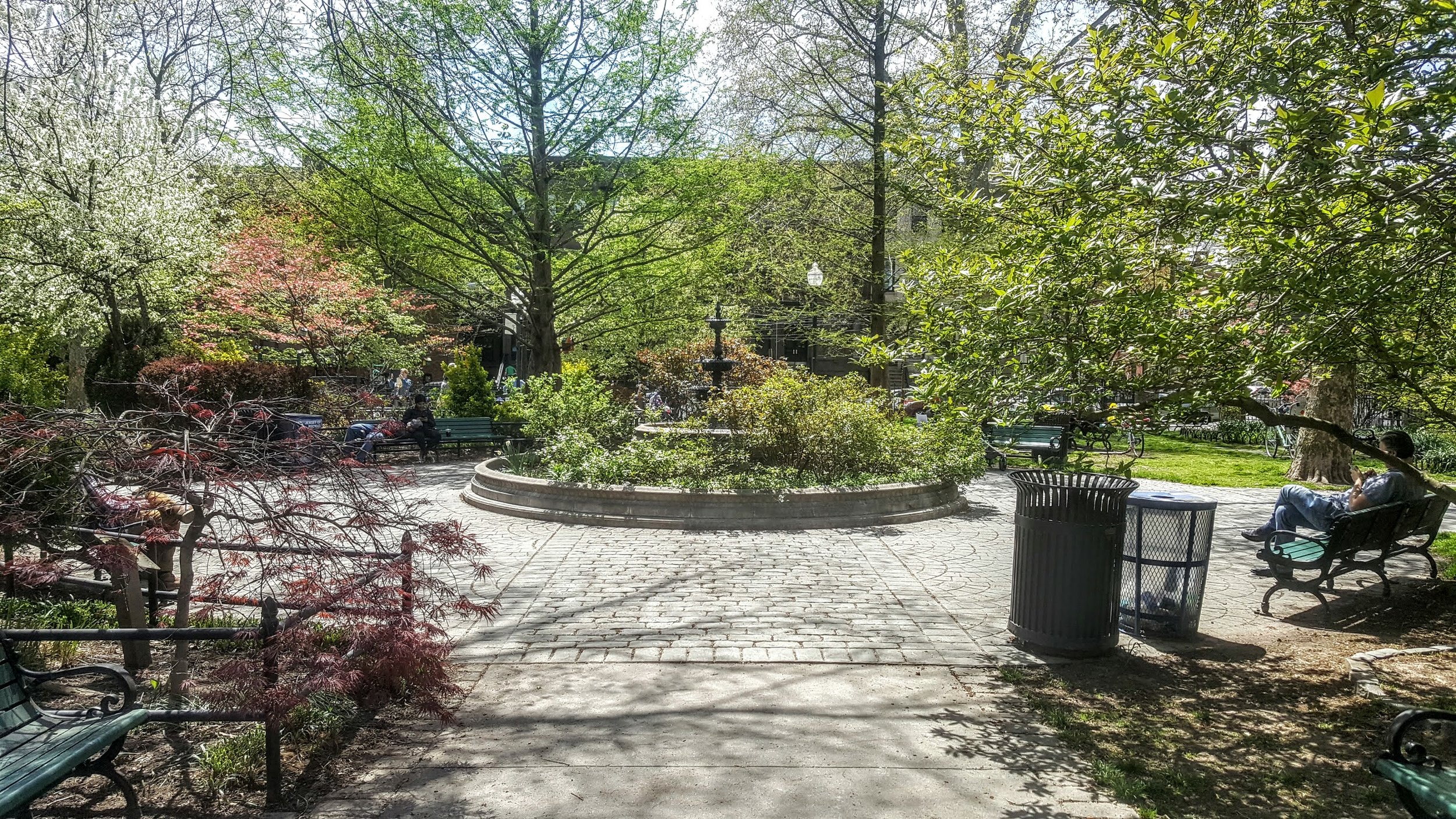
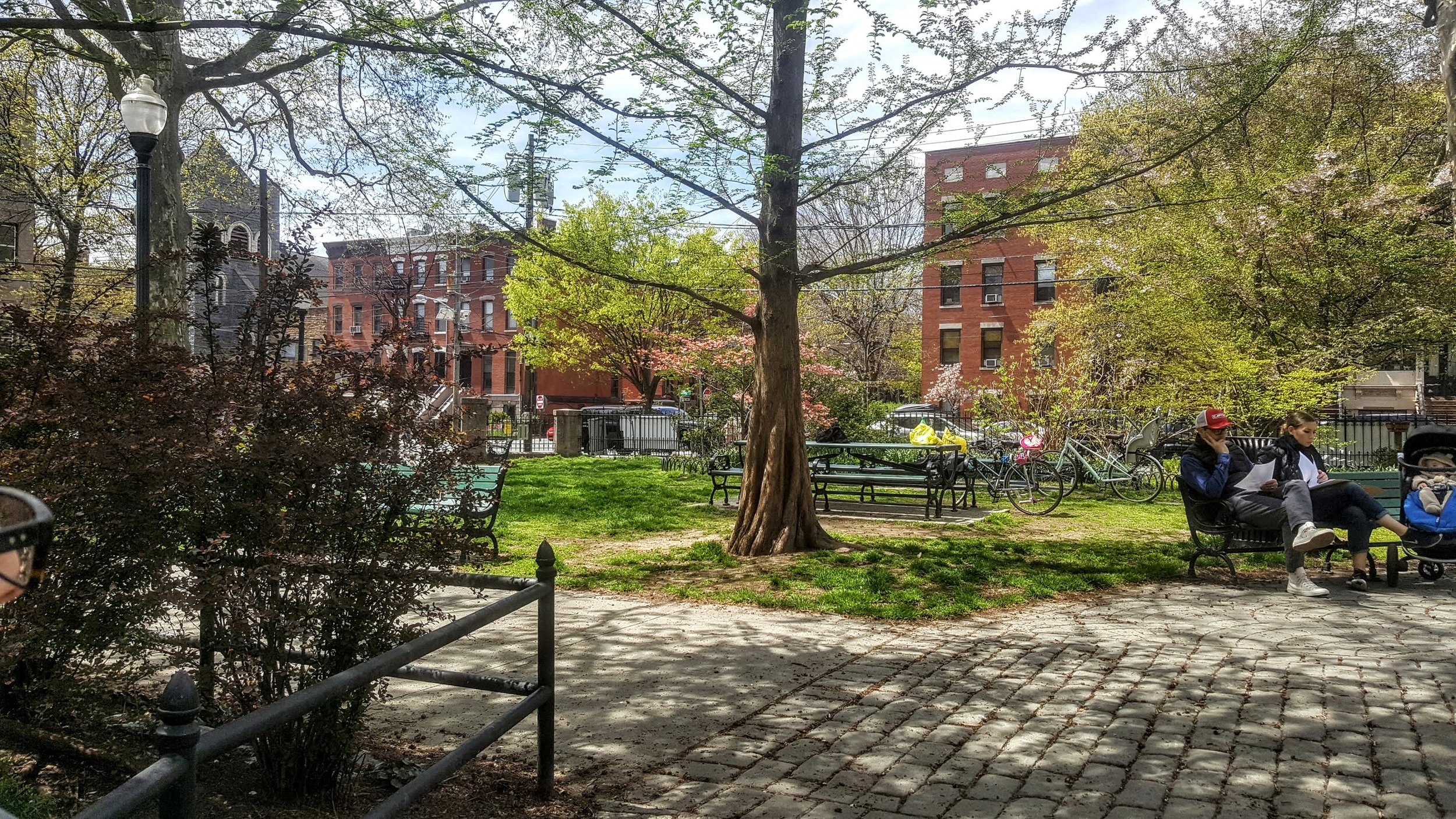
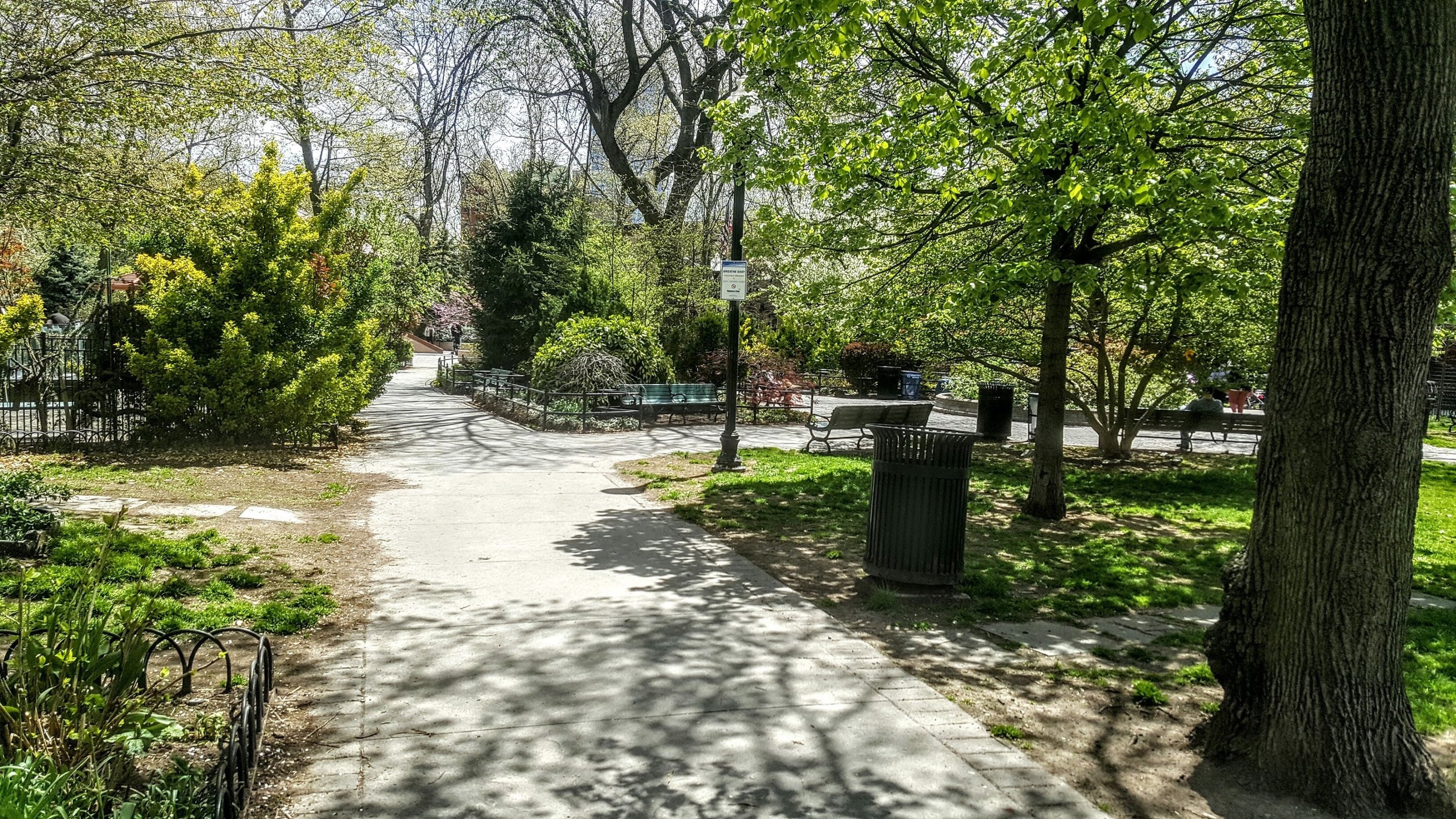
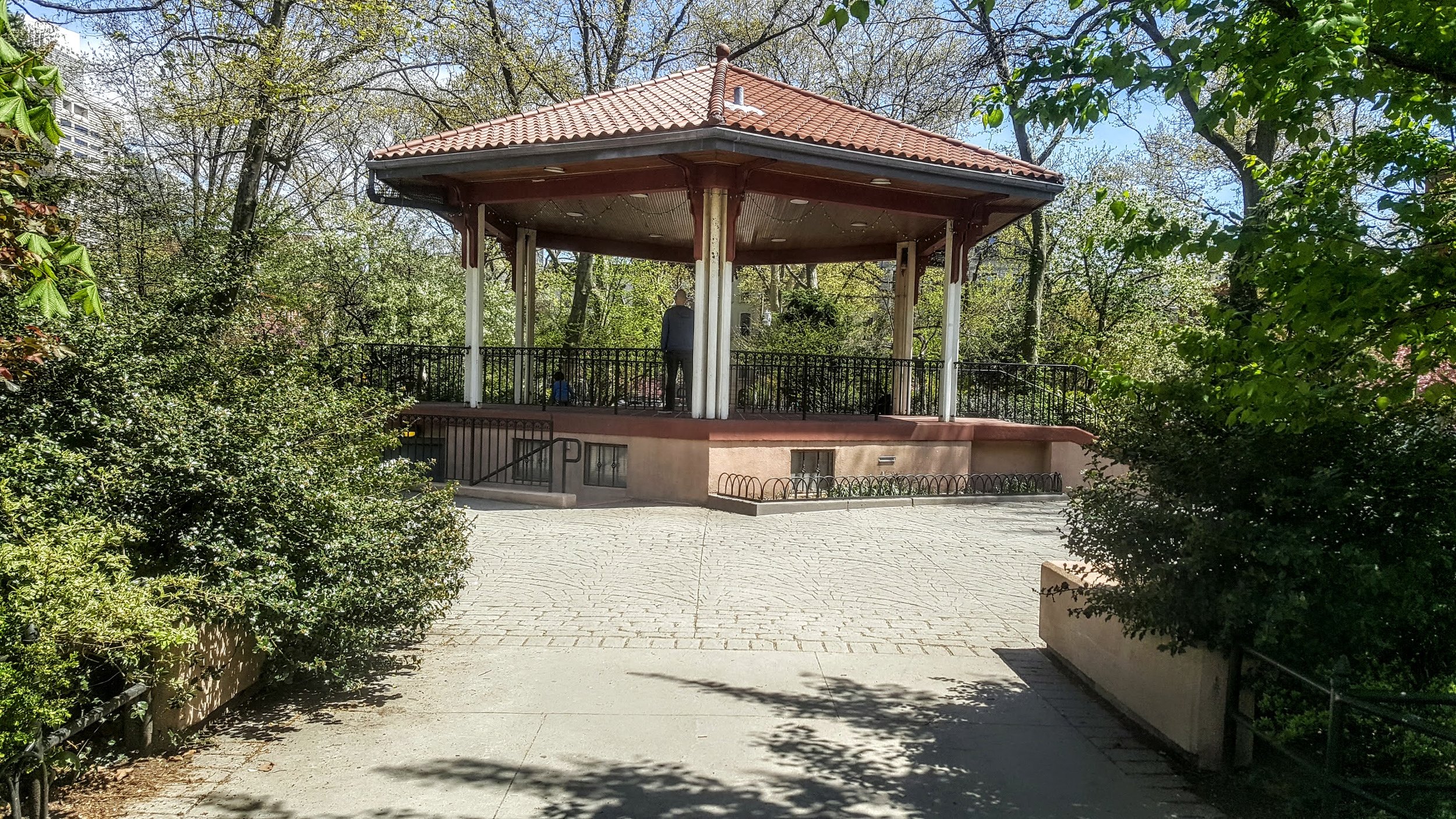
The variety of different settings that a park provides are important to hold the interest of park users. A park that is simply an open rectangle of lawn or otherwise minimally decorated offers nothing to capture your attention and nothing to explore, and thus no reason to stay. Interesting features don't have to cost a lot of money: benches, flowers, and public art go a long way toward making a place appealing.
In conclusion, a great park has enough activity to feel safe under the constant surveillance of other adults without being crowded so that you can't find a bench to sit on or an open to area to lay down in. And a great park offers variety and interest. It's a place where people want to spend their leisure time.
Rather than patting ourselves on the back about all the greenspace in our neighborhoods, let's strive for something more productive and beneficial for everyone—great parks.
(All photos by Andrew Price unless otherwise noted.)







